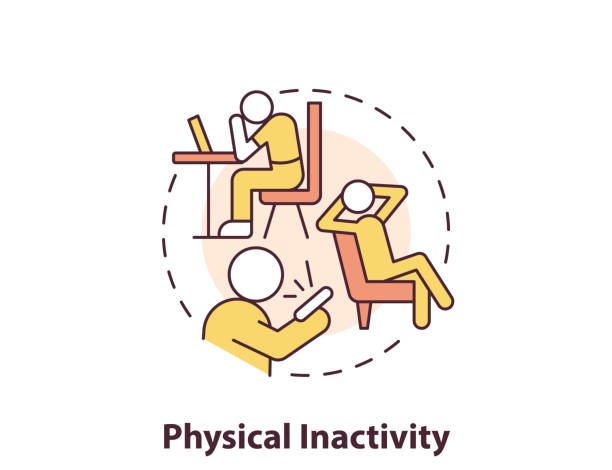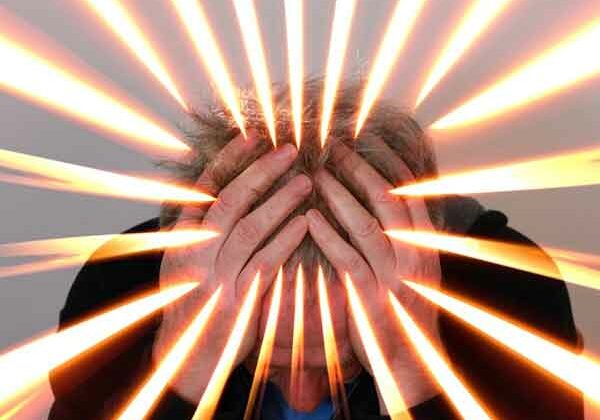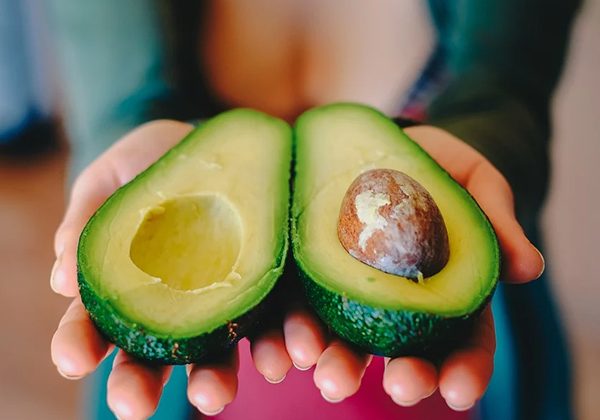“US Physical Inactivity Pandemic Is a Crisis Within a Crisis” Experts Say
New study in The American Journal of Medicine adds further evidence that social vulnerability influences unhealthy lifestyle behaviors
Findings from a new study in The American Journal of Medicine, published by Elsevier, show that increased social vulnerability worsens both unhealthy lifestyle behaviors and health characteristics. Researchers found distinct geographic variance and disparities within the United States. They support adoption of precision medicine approaches to target specific groups of individuals and communities to alleviate these disparities.
Ross Arena, PhD, of the Department of Physical Therapy, at the University of Illinois Chicago’s College of Applied Science, and Founder of the Healthy Living for Pandemic Event Protection (HL – PIVOT) Network, Chicago, said: “The findings of the current investigation indicate a crisis within a crisis with respect to a physical inactivity pandemic in the US. On a national level, physical activity is unacceptably low and has not appreciably improved over the past decade while high levels of social vulnerability and physical inactivity are concentrated in specific geographic regions.”
Physical activity prolongs both healthspan and lifespan, known as “healthy longevity” when taken together. Even small increases in activity can make a big difference to a person’s health and well-being. However, the COVID-19 pandemic likely reduced many Americans’ activity levels as social distancing and stay at home orders to contain the virus resulted in people moving even less.
This study investigated the correlation between social vulnerability and physical inactivity by spatially comparing county-level data on physical inactivity prevalence and the Social Vulnerability Index (SVI). The relationship between physical inactivity and social vulnerability was assessed in the context of unique regional cultures in the US according to the American Nations model.
The results of this in-depth statistical analysis further support the importance of using social vulnerability metrics to identify regions/communities that are at a higher risk of unhealthy lifestyle behaviors, chronic disease, and poor health outcomes. Key findings include:
Social vulnerability significantly influences physical inactivity prevalence in the US, especially when related to socioeconomic status and household characteristics.
Clear and statistically significant heterogeneity in social vulnerability is apparent across distinct regions in the US using the American Nations model. Akin to the previously described “stroke belt”, there is evidence of a “social vulnerability belt” sweeping across a large portion of the southern US region. Northern and western Alaska are also areas of concern.
The distribution of the SVI and physical inactivity prevalence across the US overlaps considerably, suggesting interactions between these adverse phenomena, suggesting a regional cultural influence.
High levels of social vulnerability and physical inactivity are concentrated within specific geographic regions that need tailored solutions to resolve health disparities.
According to the study, there are external factors that influence lifestyle that are heterogenous, such as cultural and geographic overlay, first settler effects, and the competing migration patterns of settler-colonizers in the 17th to 19th centuries, which laid down rival cultural traditions and political and socioeconomic preferences.
The investigators stress that traditional health messaging and individual counseling approaches to addressing the physical inactivity crisis suffer from a blanketed, all-or-none approach.
Co-investigator Nicolaas P. Pronk, PhD, President and Chief Science Officer of HealthPartners, Bloomington, MN, said: “Typically, we’ve said, ‘Being physically active is good for everyone and hence all people should be more physically active and exercising 150 minutes or more per week on most if not all days of the week at a moderate intensity is ideal.’ Little attention is paid to factors that influence a person’s decision to be physically active.”
Co-investigator Colin Woodard, MA, FRGS, Director of Nationhood Lab at Salve Regina University’s Pell Center for International Relations and Public Policy in Newport, RI, notes: “Historically, public and individual health professionals haven’t considered some of the true drivers of physical inactivity. Our goal with this study is to start getting to the bottom of what really motivates behavior and behavior change. Data-driven intelligence and the work of historians and cultural geographers can help us find the best ways to encourage healthy lifestyle choices and ultimately make people healthier.”
Dr. Arena adds, “Our findings indicate social vulnerability and deep-seated characteristics of the United States’ distinct regions are likely influencing physical activity decisions. These factors should be considered when designing physical activity health promotion campaigns and tailoring individual counseling. We need to figure out how to help specific communities and individuals make behavior changes. What tools do they need? What messaging will resonate with them? It’s time to apply a precision medicine approach to healthy living medicine.”
Full bibliographic information
Published on 18/12/2023 by Elsevier
“The Influence of Social Vulnerability and Culture on Physical Inactivity in the United States – Identifying Hot Spots in Need of Attention,” by Ross Arena, PhD, Nicolaas P. Pronk, PhD, and Colin Woodard, MA, FRGS
DOI: https://doi.org/10.1016/j.amjmed.2023.10.025
Journal: The American Journal of Medicine, volume 137, issue 2 (February 2024), published by Elsevier.
Article: https://www.elsevier.com/about/press-releases/us-physical-inactivity-pandemic-is-a-crisis-within-a-crisis-experts-say
Article: https://www.amjmed.com/article/S0002-9343(23)00676-9/fulltext





